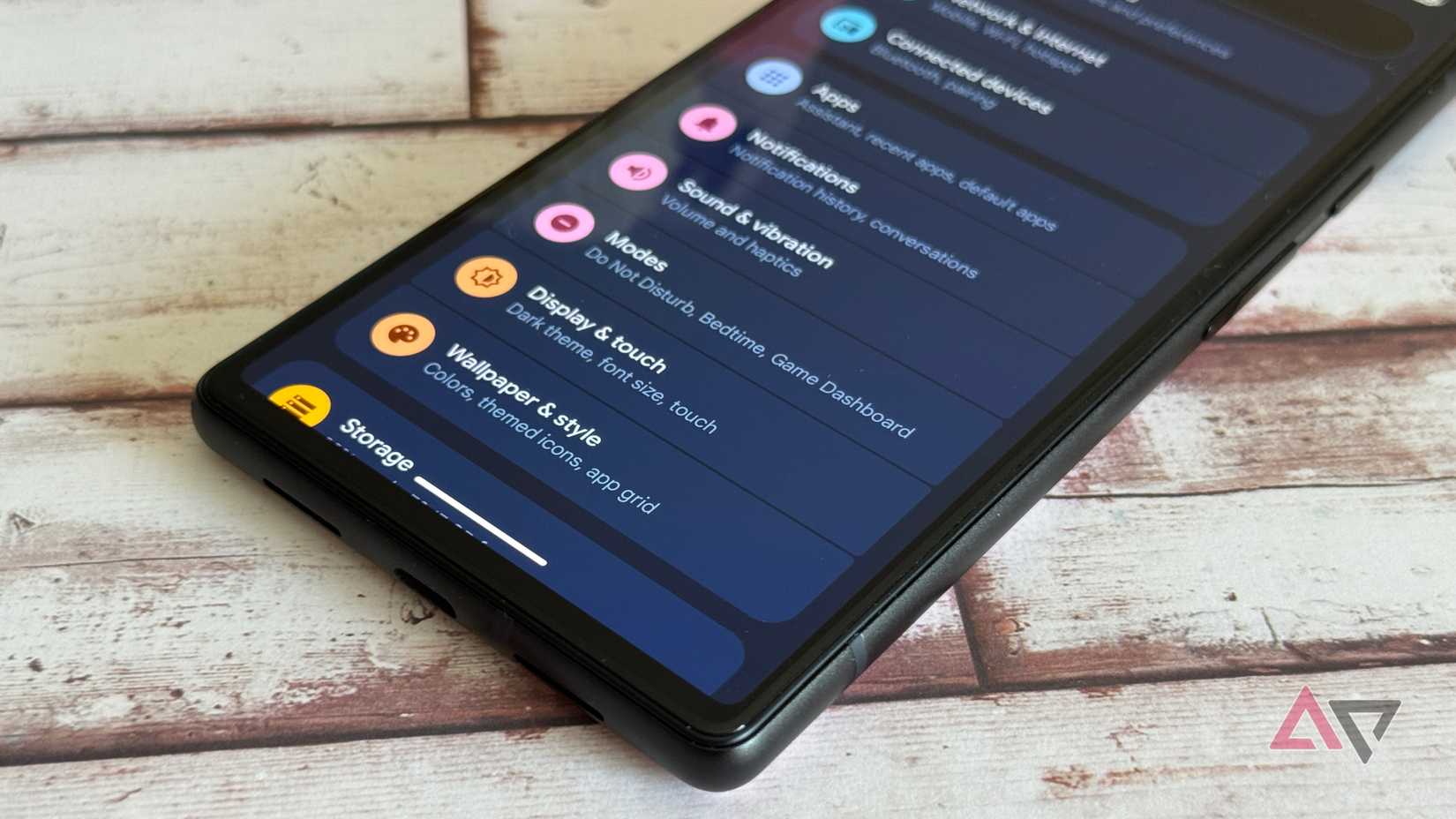Material 3 Expressive transformed my Google Pixel 6; here’s how

My relationship with the Google Pixel 6 didn’t get off to the best start. I was initially excited about picking one up, as it signaled a new chapter for Google.
I loved the direction the company was going in, and the Pixel lineup needed a bold, new design. That’s precisely what we got with the Pixel 6, and you either loved it or hated it.
Unfortunately, the launch was anything but smooth. I had numerous hardware and software problems, and I wasn’t alone. Still, Google eventually smoothed out the bumps, transforming the phone into a solid device.
Four years later, the Pixel 6 is transformed again with Material 3 Expressive. Google’s Android 16 refresh gives my Pixel 6 new life, and it’s a sign of things to come.
Fantastic design and smooth performance
Material 3 Expressive is the best on Android
The more I use Material 3 Expressive across numerous Pixel devices, the more I’m convinced it’s the best Android currently has to offer. I love that it also applies to the Pixel 6.
Although the Pixel 6 lacks the Tensor G5 featured in the Pixel 10, it still remains smooth. Android 16 runs significantly better than previous Android versions on the device, and it’s allowed me to enjoy my Pixel 6 again.
I’ve had animations turned off for years on the Pixel 6. Android 12 was a mess, and Material You felt unfinished.
Material 3 Expressive is the complete opposite. It’s polished, and Google’s done a wonderful job making the user experience feel unified.
Everything’s been overhauled, from the menus to media controls, with a clean, purposeful design. It makes you wonder what took Google so long, but better late than never.
Not as much Gemini, but still enough
AI touches on the Pixel 6
I didn’t expect a full slate of new Gemini features to trickle down to the Pixel 6. Its first-generation Tensor chipset is capable, but it lacks the horsepower needed for some of Google’s more impressive new features.
That doesn’t mean the Pixel 6 is without Google Gemini on Android 16. Gemini Live works well, and I’m impressed with the speed.
Pulling up the Gemini assistant works just as well on the Pixel 6 as it does on my Pixel 10 Pro, something I didn’t expect from four-year-old hardware.
Although you won’t find Camera Coach or natural language photo editing on the Pixel 6, Google has still made improvements to the camera software.
It has a new layout, with AI suggestions for editing photos. If you’re unsure which tool to use, you can access a menu of available editing tools directly from the camera app.
It’s a welcome touch, especially for novice users who want to get the most from their photos.
Google’s fan-favorite features like Now Playing are back with Material 3 Expressive. All told, the Pixel 6 now includes just the right amount of AI, even if newer functions like Magic Cue are missing.
Google got the basics right
Battery life doesn’t suffer
When I test newer software on older hardware, I want to see how well the company has optimized the software. New features and Android versions are fantastic, but if they significantly reduce my phone’s battery life, I’m not interested.
I’m pleased to report that I’ve gotten excellent battery life on the Pixel 6 after the update. Although it’s not the full day or two of use on a single charge I get with the Pixel 10, it’s still decent for a phone that has always struggled with battery life.
I also don’t notice any significant battery drain, a common issue with older phones on new software.
Solid performance on older hardware is important if we’re to place any value on Google’s promises of extended software support. What good is seven years of support if Google can’t optimize its software for phones that are only four years old?
We won’t always get the latest and greatest Gemini enhancements, but Material 3 Expressive on the Pixel 6 gives me hope that Google will do a solid job bringing software to aging phones.
Don’t hesitate to upgrade
If you’ve held out on upgrading your Pixel 6 to Android 16, you should give it a chance. Material 3 Expressive is an excellent piece of software that not only gives your Pixel 6 a fresh coat of paint but also improves its performance.
Google’s done a fantastic job listening to consumer feedback and focusing on the user experience over the last three years. I’m thrilled that it extends to modern software on legacy hardware.









